Designing for a Warmer Climate

Last week the independent Climate Change Committee published a report on how the UK is prepared for the ongoing Climate Crisis and the inevitable change to our climate it will bring. It found that the UK is “woefully” underprepared for it. They also predict that the UK will be harder hit than previously thought and this means more severe heatwaves, especially in big cities, and more intense rainfall, with an increased flood risk across most of the UK.
Read about the report on the BBC.
The Committee has set out action plans on a number of issues including nature, supply chains, the electrical grid and buildings. They say that there's a need to insulate buildings to save emissions, but overheating is becoming an important risk factor in our changing climate. The report suggests that the government must ensure all new homes are built for a hotter climate and that the existing housing stock is improved with it in mind. The report says homes, infrastructure and services must be made resilient to floods, heat and humid nights, especially in the southern part of the country.
How we live in our homes comfortably with using too much energy will impact considerably on our route to carbon neutral or zero living. Legislation, planning and building control requirements will hopefully lead the way in how to do this. Passive House principles of using super insulated envelopes, airtight construction and heat recovery ventilation will no doubt create homes capable of providing comfort through heat waves and should be a way forward for our new homes. However, the vast majority of us are living in older homes and will need to balance keeping cool and using too much energy. We can’t rely on energy-hungry air conditioning to help us. So we must look at ways to improve our homes that are here now.
With this in mind, I thought I’d look at a few ways all of us can improve our homes to help us cope with the changing climate.
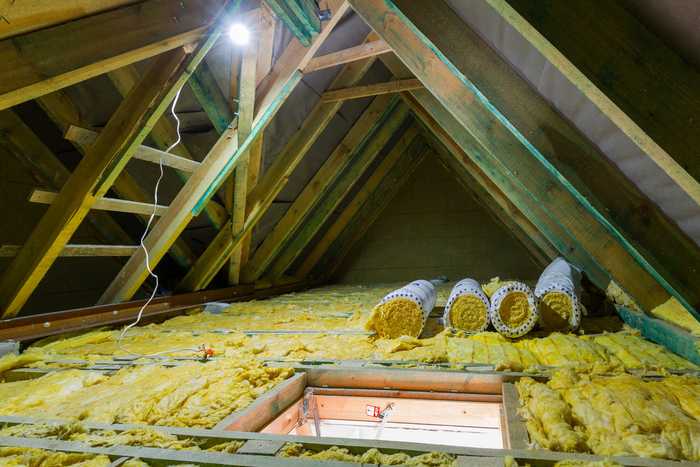
1. Insulate your walls and roof
Insulate your walls and roof to the best of your ability, taking into account the construction of your home. Not only will it keep any heat in in the winter, saving you money (and helping with the carbon crisis), it will also keep the worst of the summer heat out. Just remember to address ventilation in your property so warm air won’t get stuck inside.
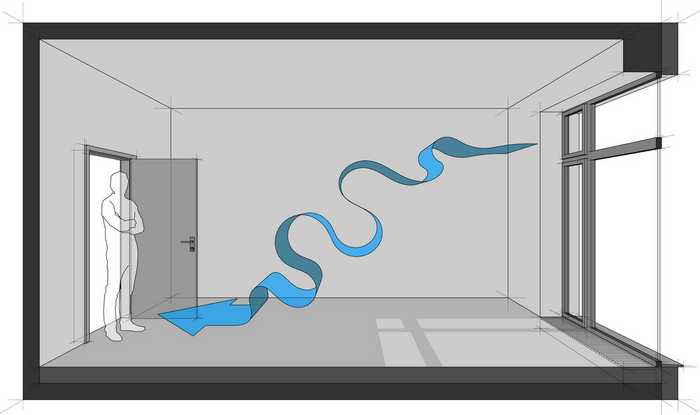
2. Ventilation
Natural Ventilation (wind powered ventilation) will help keep your home cool. Basically, air is drawn into the building on the high pressure windward side and is drawn out of the building on the low pressure leeward side. This works well in larger rooms, with minimal internal barriers on exposed sites, but will provide respite from heat in any room. Stack ventilation can be designed into new builds or remodels which can be more successful in urban, closed-in locations. This ventilation system uses ducts from terminals in the ceiling of rooms to terminals on the roof that extract air to the outside by a combination of the natural stack effect and the pressure effects of wind passing over the roof of the building
Invest in high-quality, secure window closers that will allow a window to be safely left ajar all day (and night). This can help a lot with natural ventilation, allowing cool air to move freely around the house.
Tradition ceiling mounted fans are also a low cost, effective way to cool warm rooms.
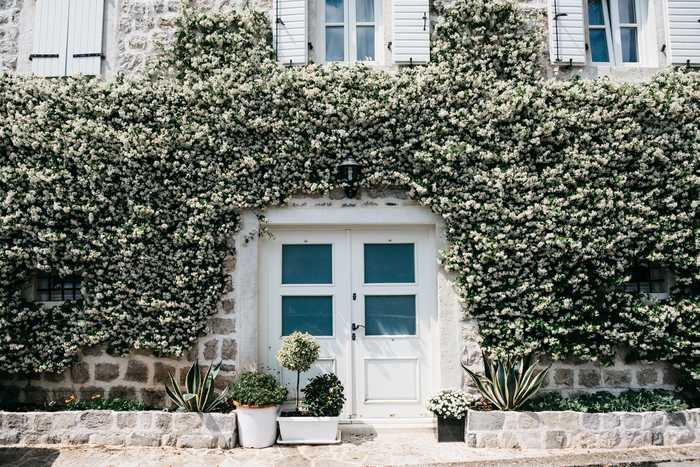
3. Create Shade
There are some really easy and affordable ways to shade your home. And the bonus is that they are good for the environment and nature as well. Plant trees in your garden and grow creepers on your south facing external walls. They will provide shade to you home, keeping temperatures down and create a great environment for lots of different animals and insects. If you’re looking to renovate or extend your home, ask your architectural designer to design some architectural shading into your project. These can help keep the temperatures inside down while creating a wonderful modern look to your home, and an outside space that can be cool in the mid-day sun.
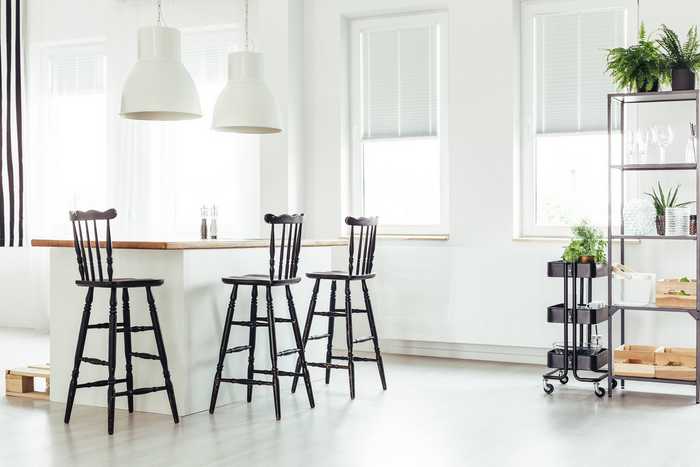
4. Protect your Windows
High quality solar control glass, which has a microscopically thin coating on one side that reflects heat from the sun to the outside, can help control solar gains in our homes. Fitting this on south-facing windows, especially big ones will help keep temperatures down in the warmer summer months.
Shutters, especially on south-facing windows can help minimise solar heating in your home. They can be fitted both externally or internally and can provide security, shading, ventilation and, as they are very fashionable at the moment, improve the look of your home.
If you are extending, consider creating smaller openings, especially on south-facing walls. Think of Mediterranean style houses, where walls are thick and windows are small. They provide cool environments without the need of air conditioning.
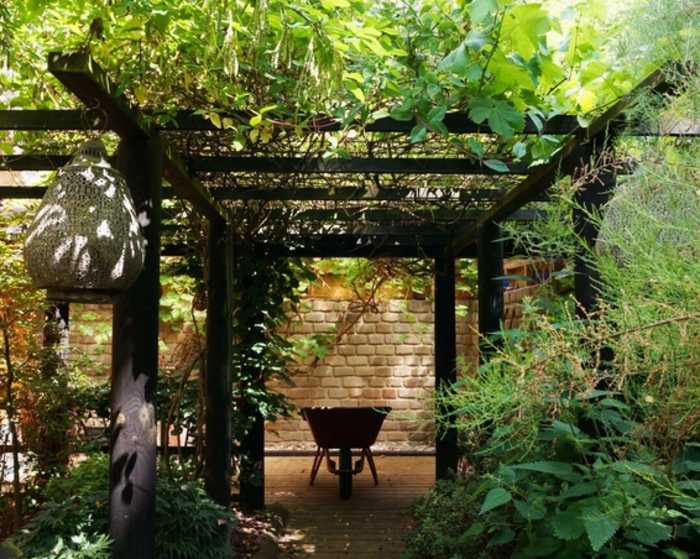
5. Landscaping
As already said, planting trees and other plants can help with shading but there are other things that you can do in your garden. Consider removing some of your hard landscaping and replacing with grass or flower beds. Hard materials like stone, brick and tarmac all hold heat very easily. In extreme heat events, lots of hard landscaping will hold heat in and around your home, making it warmer.
A pergola or other sunshade in the garden can help create a cooler environment outside.

6. Flood Risk Minimisation
Climate Change will not just see more heatwaves, but more rainfall too. The report suggests that all parts of the UK will see an increased risk of flooding. Prepare for floods by signing up to free flood warnings. Look at options for flood protection if you are in an area which may be susceptible to flooding in the future. These include concrete floors to stop water coming through from below ground, door guards to stop water coming in from outside, installing electrical services above ground level, and if you are remodelling, even raising the level of land and building floors to minimise risk.
Like the heat amelioration measures in your garden, removing unnecessary hard landscaping will improve the drainage in your area, allowing rain fall to drain directly into the soil rather than flowing off the hard surfaces and overwhelming drainage systems.
Using rainwater collection will store at least some of the extra rainfall and can be used during the dry periods.
Plants and tree roots will help with using excess rainwater, allowing the ground to absorb more water than if it were bare.
Climate change means lots of changes to our environment and everyday life. But rest assured, architectural designers, engineers, planners and builders will be working together to ensure our homes will continue to be places of comfort and respite from the outside world, no matter what the climate is in the future.
Posted by Wouter De Jager on June 25th 2021
